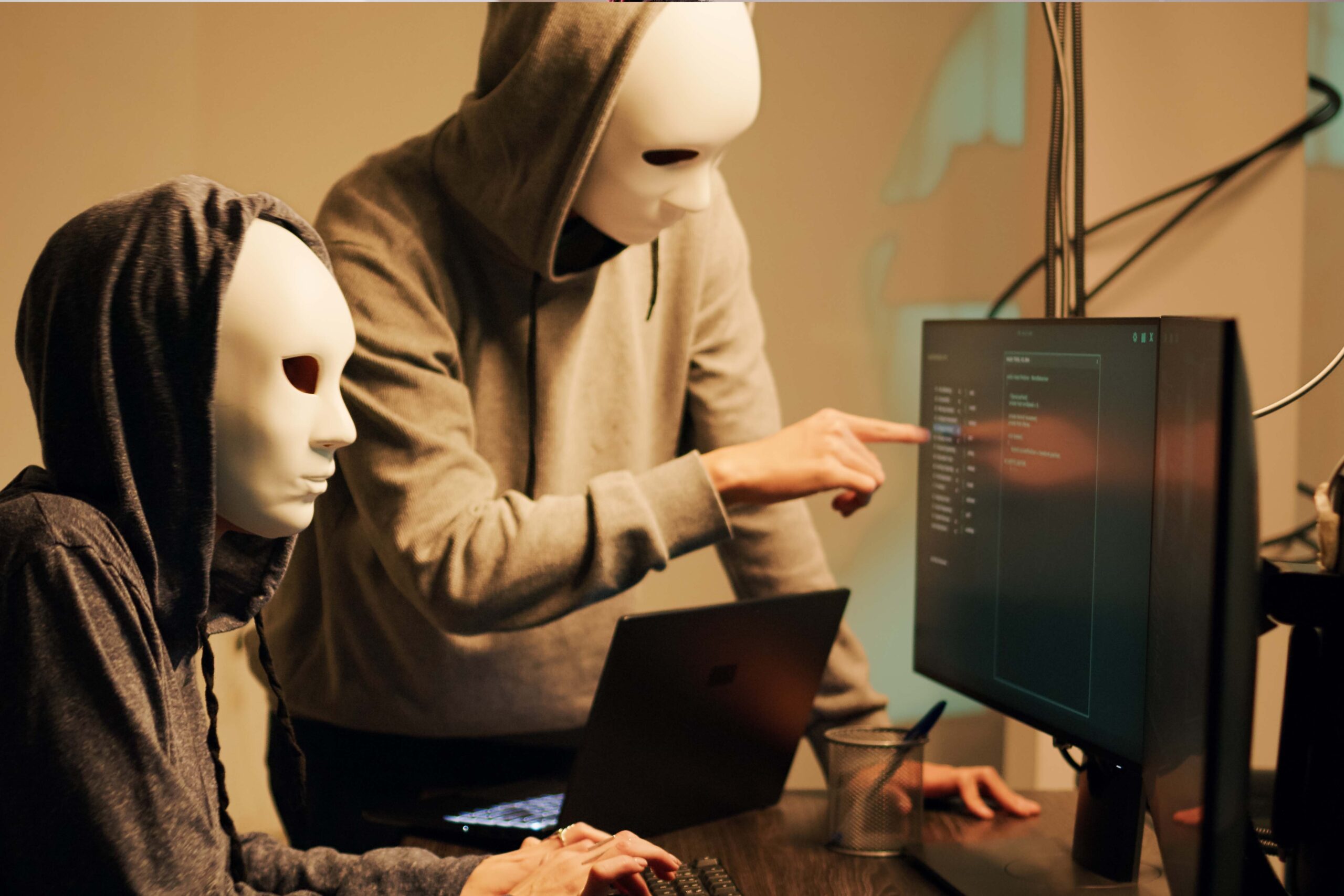Online security is now more important than ever before. As cyberattacks become increasingly sophisticated, it is crucial for individuals and organizations to take proactive steps to safeguard their sensitive information.
One highly effective way to enhance security is by using multi-factor authentication (MFA). MFA greatly reduces the chances of unauthorized access, but it is important to be aware of the potential weaknesses in traditional MFA methods.
In this blog, we will discuss the latest techniques and best practices for protecting your online accounts and ensuring the highest level of security against malicious attacks.
What is Phishing?
Phishing is a kind of cyber-attack where a bad person pretends to be someone trustworthy to trick people into giving away vital information like passwords, credit card numbers, or personal details. Usually, phishing attacks happen through fake emails, instant messages, or sneaky websites that make users think they’re dealing with a real and trustworthy source.
Types of Phishing Attacks
Phishing attacks can take on many different forms, each with its own unique traits and objectives. It is crucial to have a good understanding of these various types of attacks so that you can be well-prepared to identify and deal with them effectively. In this section, we will delve into the diverse world of phishing attacks, covering important topics such as:
- Email Phishing:
Phishing attacks are a common type of online scam. In this type of attack, scammers send emails that look legitimate, but they are actually trying to deceive you. The goal is to trick you into giving away important personal information or doing something that could harm you. It is important to be cautious and avoid falling for these tricks.
- Spear Phishing:
Cyber attackers sometimes use a clever strategy to deceive people by tailoring their messages specifically to the individual. They make the messages look real and trustworthy by using information they gathered beforehand. This helps them trick their victims more easily and increases their chances of achieving their malicious goals.
- Smishing and Vishing: Phishing attacks can happen through SMS (text messages) or voice calls. In these attacks, the goal of the attackers is to trick people into giving away vital information or doing things they should not do.
- Pharming:
A sophisticated attack occurs when attackers gain control over DNS servers or manipulate website traffic. They use this control to redirect users to harmful websites without the users realizing it.
- Whaling:
Phishing attacks are a kind of online fraud that targets influential individuals, such as executives or well-known people. The goal is to deceive them and exploit their authority or ability to access confidential information.
Best Practices for Implementing Phishing-resistant MFA.
Multifactor authentication (MFA) is an important security feature that provides extra protection against phishing attacks. By using phishing-resistant MFA correctly, both individuals and organizations can greatly decrease the chances of unauthorized access and data breaches.
- Strong Passwords: It is important to encourage users to make their passwords unique and hard for others to figure out or crack using automated methods. To strengthen security even more, it is a good idea to have password policies in place and prompt users to change their passwords regularly.
- Two-Factor Authentication (2FA): Exploring the use of secondary authentication factors such as SMS codes, email verification, or authenticator apps to verify user identities and ensure only authorized individuals can access sensitive accounts or systems.
- Biometric Authentication: Using biometric data, such as fingerprints or facial recognition, to confirm a person’s identity for security purposes. We will discuss the advantages and important things to think about when using biometric authentication along with other methods of multi-factor authentication (MFA).
- Security Key and Hardware Tokens: Examining the use of physical security keys or tokens that provide an additional layer of security by requiring a physical presence during the authentication process.
- User Education and Awareness: Highlighting the importance of educating users about phishing threats, promoting best practices for identifying and reporting phishing attempts, and raising awareness about the significance of MFA in combating such attacks.
Conclusion
In Conclusion, safeguarding ourselves in the digital world is crucial. With cybercriminals constantly inventing new ways to deceive us, it is vital for individuals and organizations to take proactive measures against phishing attacks. When choosing an MFA method, prioritizing security is paramount. Opting for options like hardware tokens or biometric authentication is highly recommended. By following the guidelines provided in this guide, you can strengthen your defenses and have peace of mind, knowing that your digital identity is secure. Remember to remain vigilant, stay informed, and implement robust MFA practices to defend against phishing attacks.



